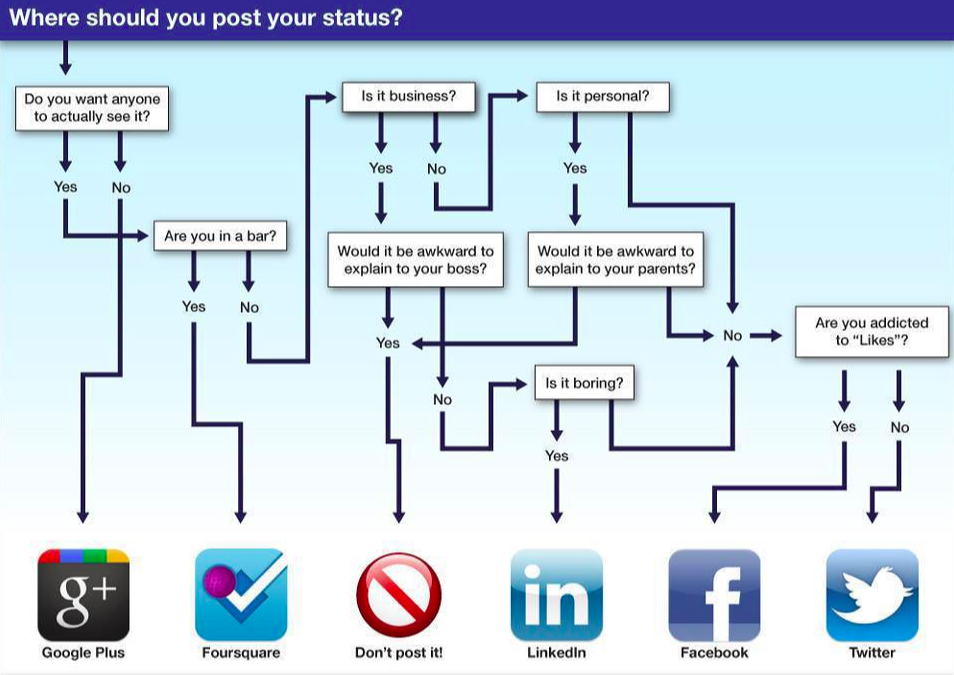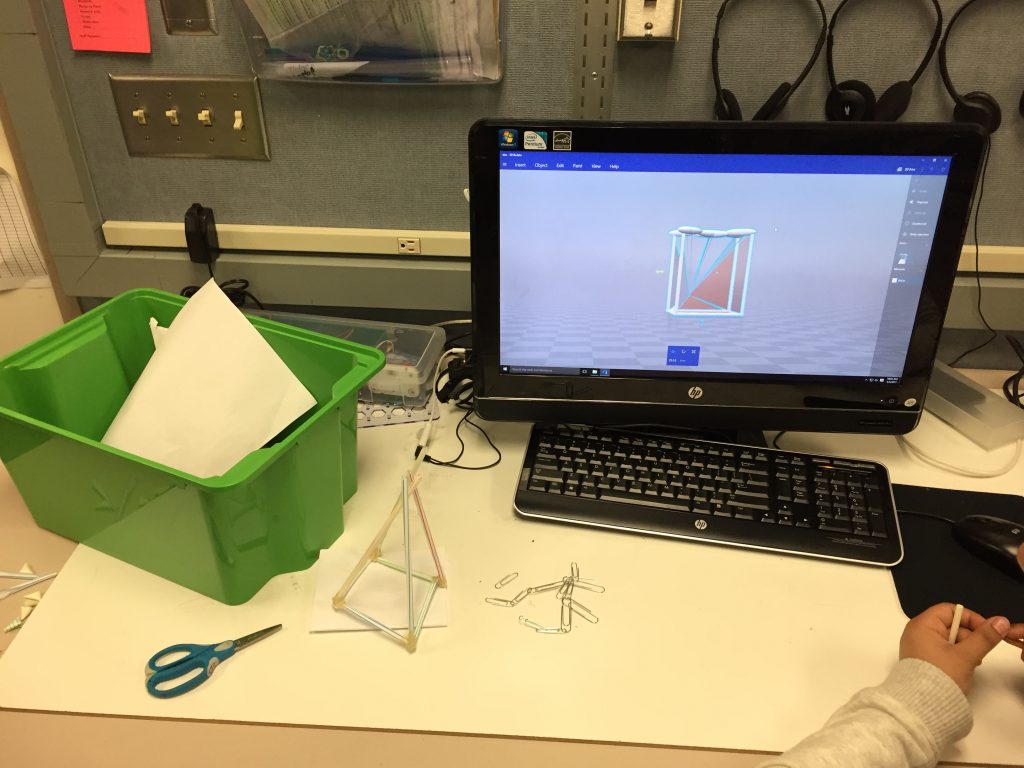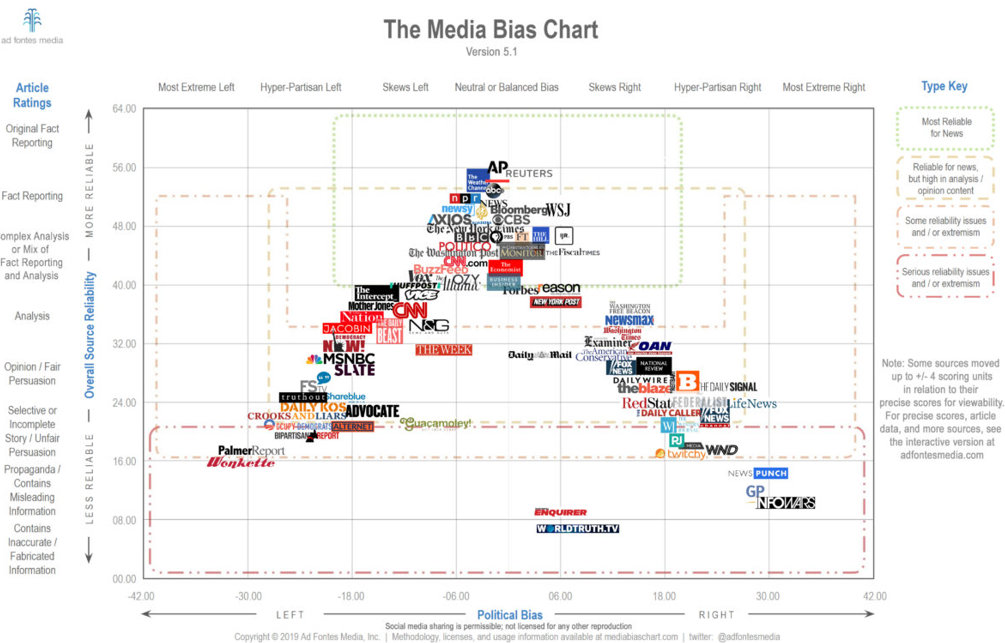
ISTE Standards for Coaches 7d, “Empower educators, leaders and students to make informed decisions to protect their personal data and curate the digital profile they intend to reflect,” communicates the importance of empowering everyone to protect their personal information online while also being able to carefully curate how they present themselves.

Title: Linking In to Professional Networks for Educators
Evidence: “Once you’ve created your LinkedIn (www.linkedin.com/) account, I’d recommend getting all of your details set up then doing some looking around. Setting up basic information means adding work history, accomplishments, and skills. As far your info goes, the most important aspect is keeping content current. As you start to look around then you’ll notice what others list under their respective profiles. Early on, I imagine going back and forth between your information section and others while you’re learning what to add under your own profile. Just be advised that unlike other accounts, LinkedIn notifies individuals when you look at their profiles.”
Explanation: Understanding how social networks operate empowers educators, leaders, and students to make informed decisions that protect their data while effectively curating their digital profile.

Title: Pivoting from In-Person to Virtual PD
Evidence: “Finally, managing personal data as an educator means not only monitoring your own personal data but protecting that of those whom you work with and teach as well. All of these things are natural extensions of good citizenship during the best of times let alone during challenging times, and extending these critical ideals to an online learning environment will make for a much better and overall more productive experience for everyone.”
Explanation: Learning how to not only manage one’s own personal data as an educator but to actively protect that of those around you means being able to make informed decisions and to understand how digital profiles work in that regard.

Title: Educating Students on Faux News in the “Fake News” Era
Evidence: “Scaffolding student practice of effective research strategies, evaluating resources, and curating information is necessary for students to internalize and build effective knowledge around identifying, understanding, and navigating a world filled with fake news. By teaching students how to recognize media and author bias, look for “fake news” clues in an article, recognize categories of media and misinformation, and then providing them with the appropriate tools and time to practice, students can become effective consumers and curators of information from a very young age. Some possible places to start include providing access to a variety of websites designed for this exact purpose: the Pacific Northwest Octopus, OvaPrima Foundation, Dihydrogen Monoxide Research Division. These also provide good places to practice site-specific searches by entering the unique web address immediately followed by a colon, a space, and then the search criteria. Overall, we as educators need to provide the information, tools, time, and space for students to do this.”
Explanation: Understanding how information can be represented and, perhaps more important, misrepresented online is a key aspect of empowering informed decisions that protect personal data and digital profiles.

7a Use technology for civic engagement
7b Culture of respectful online interactions
